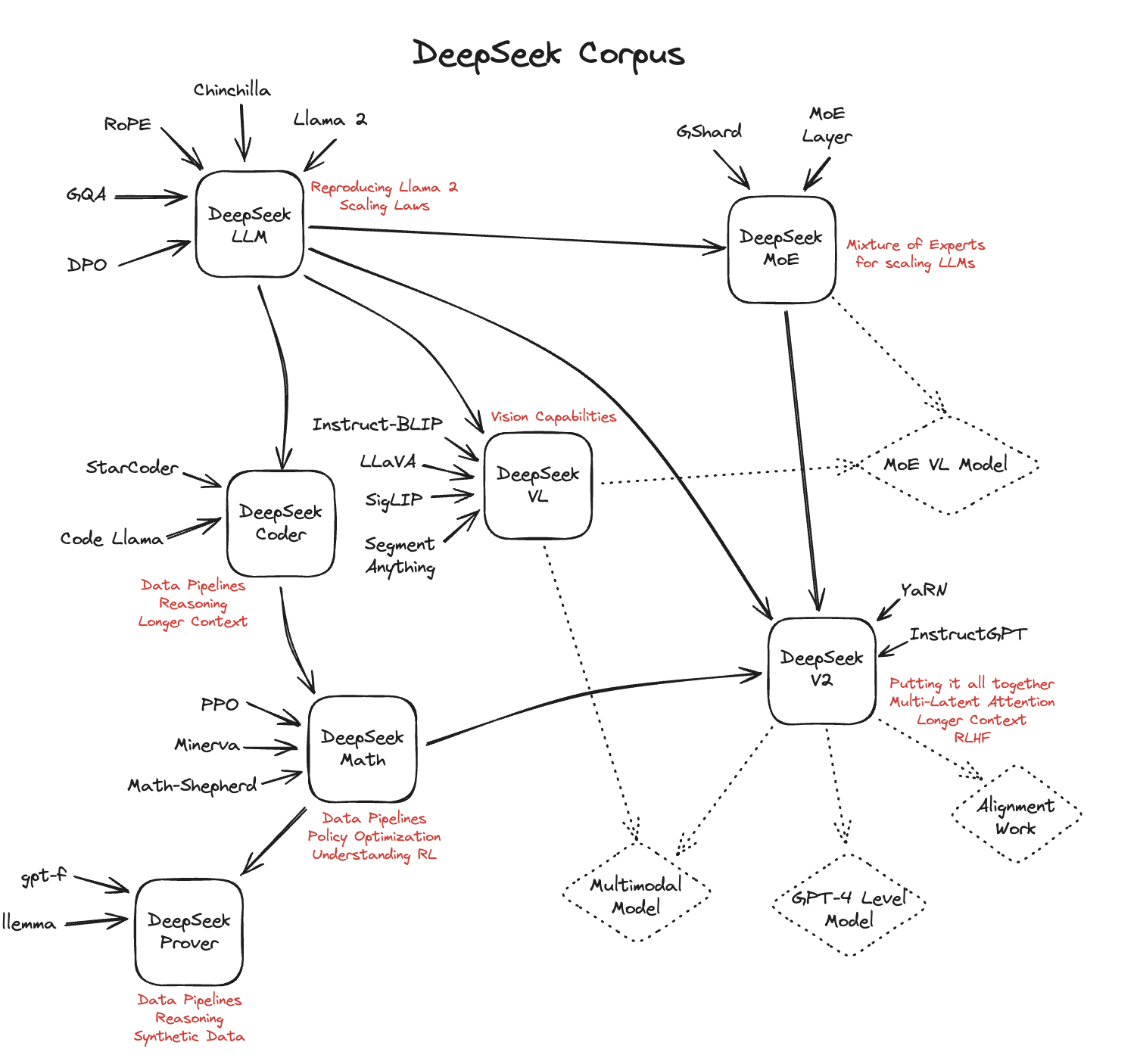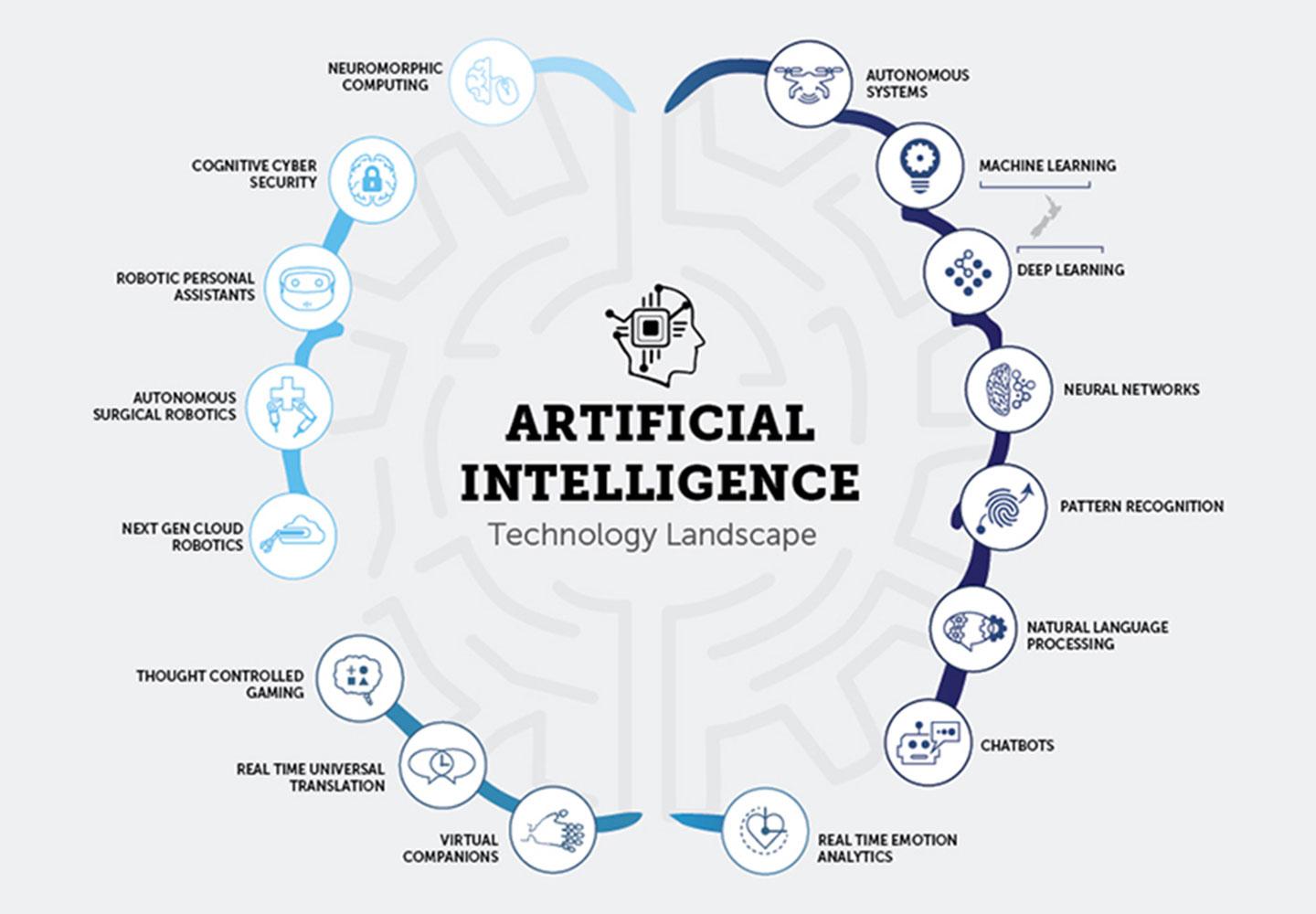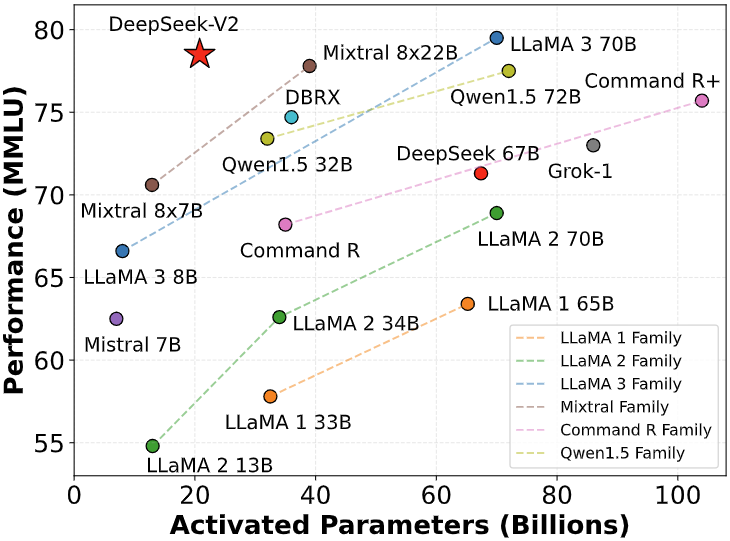
Domainhostingmarket
FollowOverview
-
Founded Date 22 juin 1909
-
Sectors Commerce
-
Posted Jobs 0
-
Viewed 122
Company Description
Generative AI Model, ChromoGen, Rapidly Predicts Single-Cell Chromatin Conformations
Every cell in a body contains the same hereditary series, yet each cell expresses only a subset of those genes. These cell-specific gene expression patterns, which make sure that a brain cell is different from a skin cell, are partially figured out by the three-dimensional (3D) structure of the hereditary material, which controls the ease of access of each gene.
Massachusetts Institute of Technology (MIT) chemists have now developed a new method to figure out those 3D genome structures, utilizing generative expert system (AI). Their design, ChromoGen, can predict thousands of structures in simply minutes, making it much faster than existing experimental techniques for structure analysis. Using this technique researchers might more quickly study how the 3D organization of the genome affects individual cells’ gene expression patterns and functions.
« Our goal was to attempt to forecast the three-dimensional genome structure from the underlying DNA sequence, » said Bin Zhang, PhD, an associate teacher of chemistry « Now that we can do that, which puts this strategy on par with the innovative experimental strategies, it can really open up a great deal of intriguing opportunities. »
In their paper in Science Advances « ChromoGen: Diffusion design predicts single-cell chromatin conformations, » senior author Zhang, together with co-first author MIT college students Greg Schuette and Zhuohan Lao, composed, « … we introduce ChromoGen, a generative design based upon advanced artificial intelligence techniques that efficiently predicts three-dimensional, single-cell chromatin conformations de novo with both region and cell type uniqueness. »
Inside the cell nucleus, DNA and proteins form a complex called chromatin, which has several levels of organization, allowing cells to pack 2 meters of DNA into a nucleus that is only one-hundredth of a millimeter in size. Long strands of DNA wind around proteins called histones, giving increase to a structure somewhat like beads on a string.

Chemical tags referred to as epigenetic modifications can be connected to DNA at specific locations, and these tags, which vary by cell type, impact the folding of the chromatin and the availability of nearby genes. These differences in chromatin conformation help determine which genes are expressed in various cell types, or at various times within a given cell. « Chromatin structures play an essential role in determining gene expression patterns and regulative mechanisms, » the authors composed. « Understanding the three-dimensional (3D) organization of the genome is vital for deciphering its functional complexities and function in gene regulation. »
Over the previous 20 years, scientists have developed experimental strategies for figuring out chromatin structures. One commonly used method, known as Hi-C, works by connecting together neighboring DNA hairs in the cell’s nucleus. Researchers can then determine which segments are located near each other by shredding the DNA into many tiny pieces and sequencing it.
This method can be utilized on large populations of cells to determine a typical structure for a section of chromatin, or on single cells to identify structures within that particular cell. However, Hi-C and comparable techniques are labor extensive, and it can take about a week to produce data from one cell. « Breakthroughs in high-throughput sequencing and tiny imaging innovations have actually revealed that chromatin structures differ substantially in between cells of the very same type, » the team continued. « However, a thorough characterization of this heterogeneity stays evasive due to the labor-intensive and lengthy nature of these experiments. »
To conquer the constraints of existing techniques Zhang and his students established a model, that takes advantage of current advances in generative AI to produce a quickly, precise method to anticipate chromatin structures in single cells. The brand-new AI model, ChromoGen (CHROMatin Organization GENerative design), can quickly examine DNA series and predict the chromatin structures that those sequences might produce in a cell. « These generated conformations precisely reproduce experimental results at both the single-cell and population levels, » the researchers further discussed. « Deep learning is truly proficient at pattern acknowledgment, » Zhang said. « It enables us to analyze very long DNA sections, countless base sets, and figure out what is the important details encoded in those DNA base pairs. »

ChromoGen has two elements. The very first component, a deep learning model taught to « read » the genome, evaluates the details encoded in the underlying DNA sequence and chromatin ease of access information, the latter of which is commonly offered and cell type-specific.

The second component is a generative AI design that anticipates physically precise chromatin conformations, having actually been trained on more than 11 million chromatin conformations. These information were produced from experiments utilizing Dip-C (a version of Hi-C) on 16 cells from a line of human B lymphocytes.

When integrated, the first component informs the generative design how the cell type-specific environment influences the formation of various chromatin structures, and this plan efficiently captures sequence-structure relationships. For each series, the researchers utilize their design to produce lots of possible structures. That’s due to the fact that DNA is an extremely disordered molecule, so a single DNA series can generate lots of different possible conformations.
« A significant complicating factor of predicting the structure of the genome is that there isn’t a single solution that we’re going for, » Schuette said. « There’s a distribution of structures, no matter what portion of the genome you’re looking at. Predicting that very complex, high-dimensional analytical circulation is something that is exceptionally challenging to do. »

Once trained, the model can generate forecasts on a much faster timescale than Hi-C or other speculative strategies. « Whereas you may invest six months running experiments to get a few lots structures in a given cell type, you can generate a thousand structures in a specific region with our design in 20 minutes on simply one GPU, » Schuette added.
After training their design, the researchers used it to create structure forecasts for more than 2,000 DNA sequences, then compared them to the experimentally figured out structures for those sequences. They found that the structures created by the model were the exact same or really similar to those seen in the experimental data. « We showed that ChromoGen produced conformations that replicate a range of structural features revealed in population Hi-C experiments and the heterogeneity observed in single-cell datasets, » the private investigators composed.
« We generally look at hundreds or countless conformations for each sequence, and that offers you a reasonable representation of the diversity of the structures that a particular region can have, » Zhang kept in mind. « If you duplicate your experiment several times, in various cells, you will highly likely end up with a really different conformation. That’s what our model is trying to predict. »

The scientists likewise discovered that the design could make accurate forecasts for data from cell types other than the one it was trained on. « ChromoGen successfully moves to cell types omitted from the training information using just DNA series and widely readily available DNase-seq information, thus providing access to chromatin structures in myriad cell types, » the team explained

This suggests that the design might be useful for examining how chromatin structures vary between cell types, and how those distinctions impact their function. The model might also be used to explore different chromatin states that can exist within a single cell, and how those changes impact gene expression. « In its existing kind, ChromoGen can be instantly applied to any cell type with readily available DNAse-seq data, allowing a huge variety of studies into the heterogeneity of genome organization both within and in between cell types to proceed. »
Another possible application would be to check out how anomalies in a particular DNA sequence change the chromatin conformation, which might clarify how such mutations may cause . « There are a lot of intriguing concerns that I think we can attend to with this kind of model, » Zhang included. « These achievements come at an extremely low computational cost, » the team further explained.


